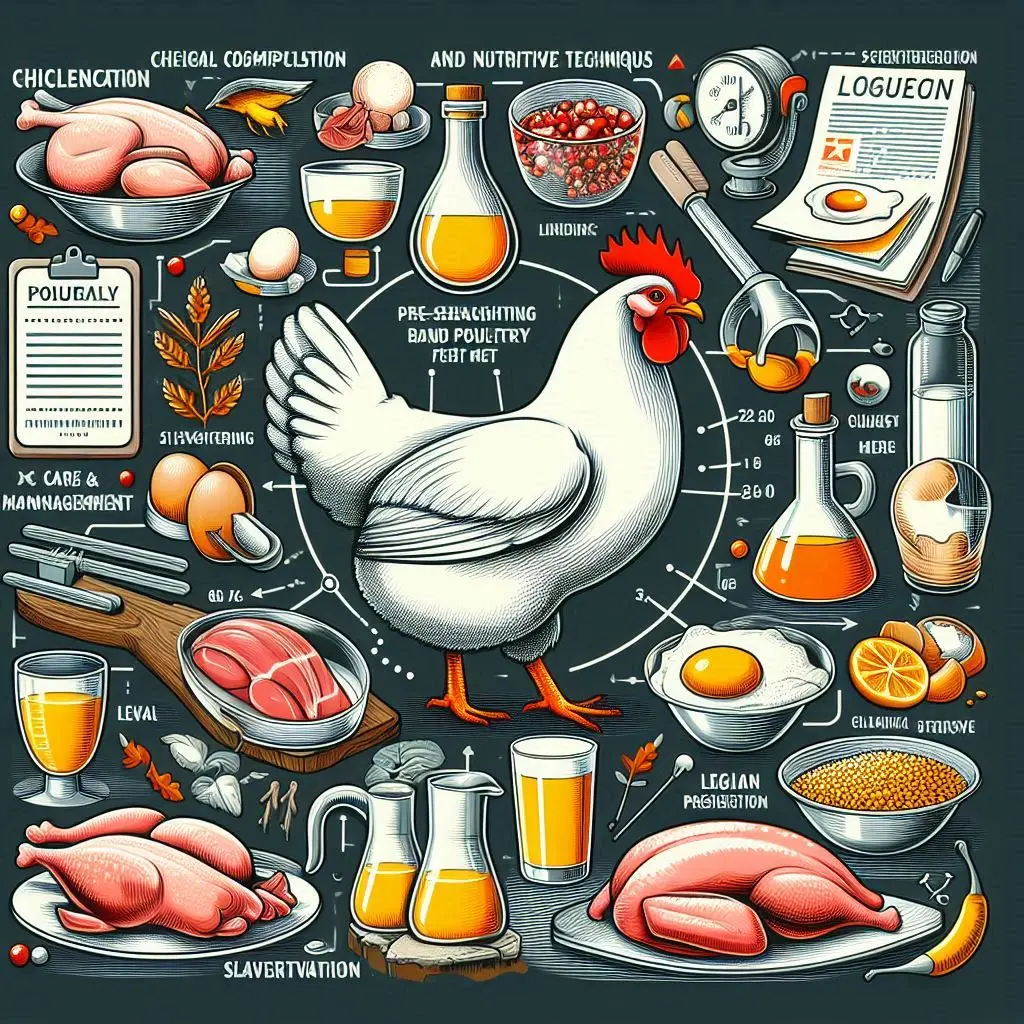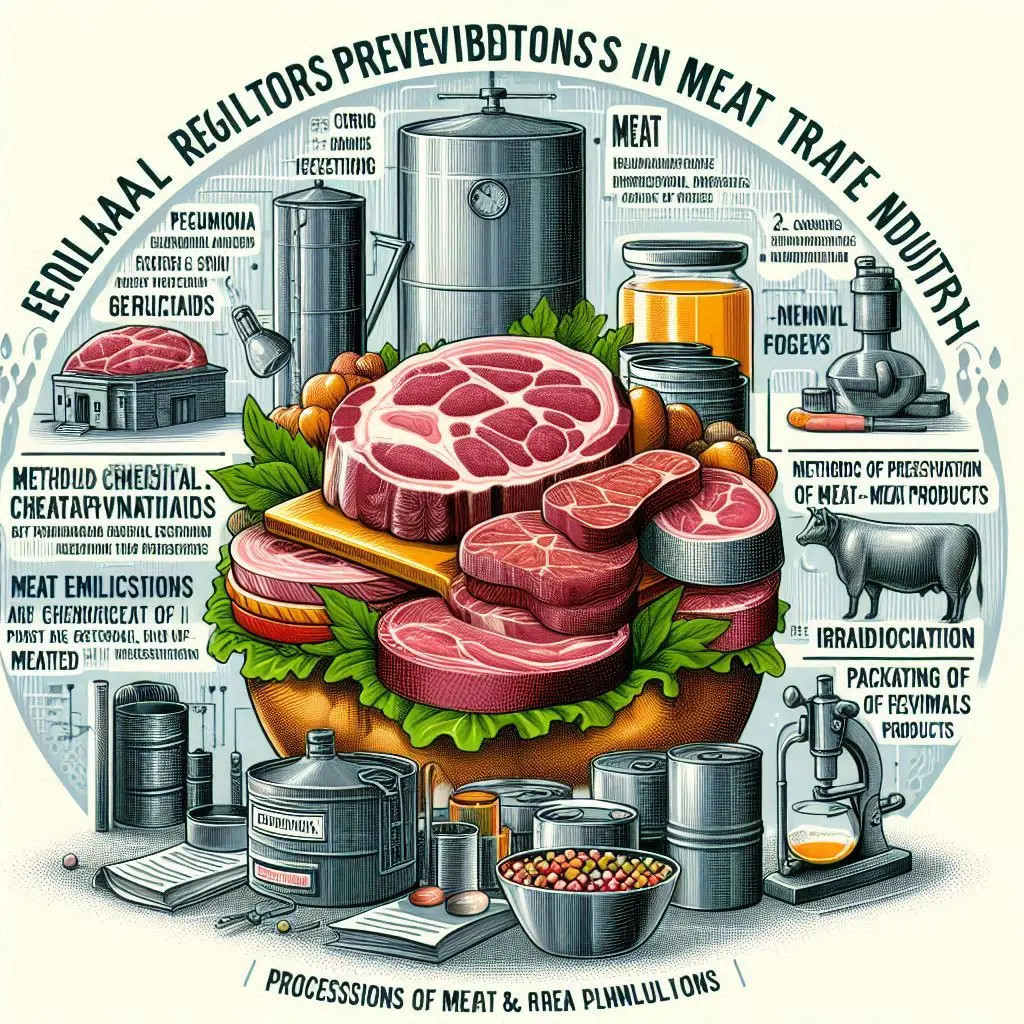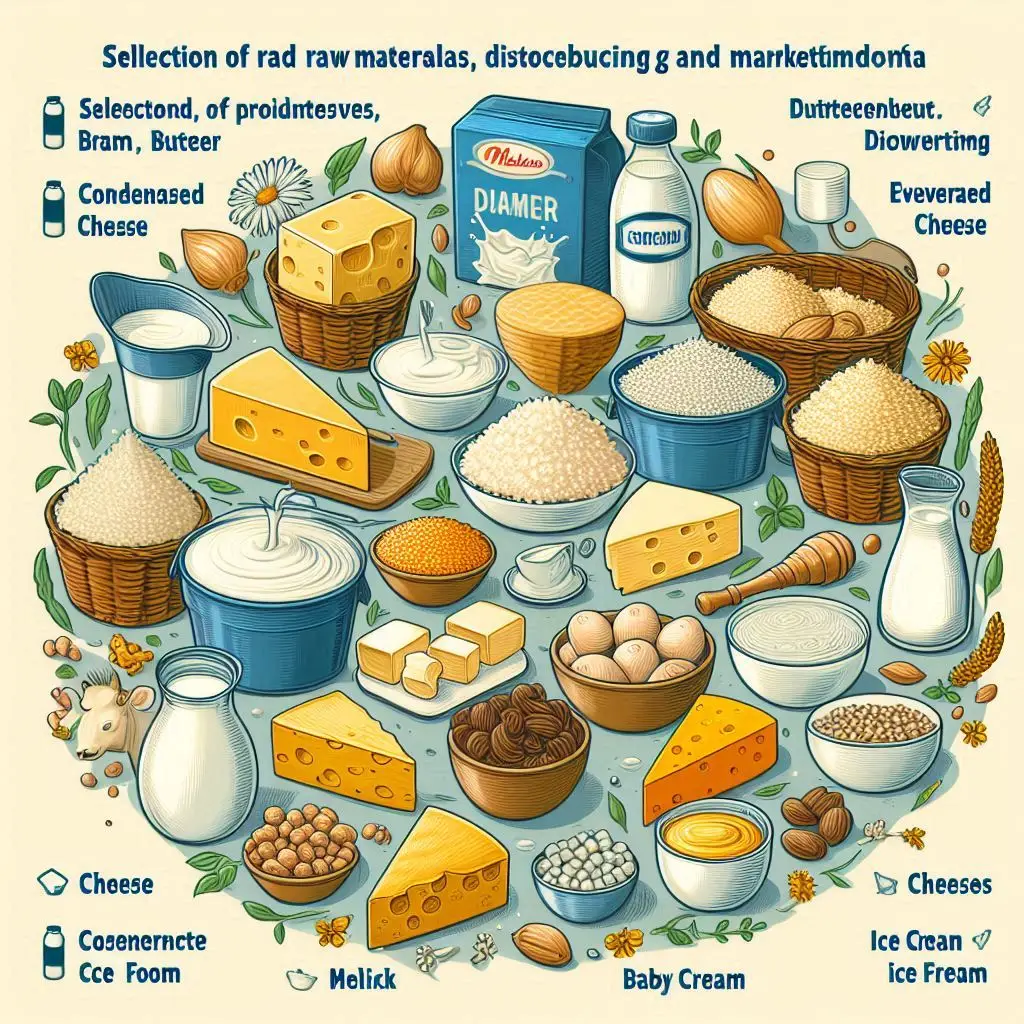Poultry Meat Processing: Ensuring Safety and Quality

Introduction
In India, the poultry industry has undergone a significant transformation, evolving from a backyard activity to a major contributor to the country’s food production. As the third-largest producer of eggs and the fourth-largest producer of poultry meat globally, India’s poultry sector plays a crucial role in ensuring food security and nutritional well-being for its burgeoning population. To maintain the integrity and safety of poultry products, the Indian government has implemented various legal and Bureau of Indian Standards (BIS) regulations governing the production, processing, storage, and labeling of poultry meat.
Legal Standards for Poultry Meat Processing
Food Safety and Standards Authority of India (FSSAI)
The Food Safety and Standards Authority of India (FSSAI) is the primary regulatory body responsible for setting standards and ensuring the safety of food products in India. When it comes to poultry meat, the FSSAI has established specific guidelines and requirements to maintain quality and prevent contamination throughout the supply chain.One of the key FSSAI regulations pertains to storage temperatures.
Fresh, chilled poultry meat must be stored at 4°C or below for short-term storage, while frozen poultry meat should be kept at -18°C or below for long-term storage. The FSSAI also specifies shelf life guidelines, with chilled poultry meat having a shelf life of 2-4 days under normal chilling conditions and frozen poultry meat lasting up to 12 months.
To ensure the safety of poultry products, the FSSAI prohibits the use of genetically modified techniques in poultry production and requires compliance with veterinary drug regulations. Additionally, the production and processing of poultry meat must adhere to the Prevention of Food Adulteration Act and the Meat Food Products Order, which aim to eliminate contaminants and harmful substances from the final product.
Food Safety Management System (FSMS)
The FSSAI has also introduced the Food Safety Management System (FSMS) guidance document, which emphasizes the importance of critical control points during poultry slaughtering and processing. By identifying and mitigating potential food safety hazards at these critical points, the FSMS aims to enhance the overall safety and quality of poultry meat products.
BIS Standards for Poultry Meat Processing
Poultry Feeds
The Bureau of Indian Standards (BIS) has established specifications for chicken feeds, ensuring that the nutritional requirements of poultry are met while prohibiting the use of certain antibiotics for growth promotion. The BIS standards specify various types of chicken feeds, including broiler starter, grower, and finisher feeds, along with detailed requirements for ingredients, labeling, and packaging.
Meat and Meat Products
In addition to feed standards, the BIS has also set guidelines for poultry meat products. These include specifications for canned chicken curry and chicken sausages, detailing requirements for composition, processing methods, and packaging. By establishing these standards, the BIS ensures that poultry meat products are safe for consumption, maintain quality, and provide consumers with necessary information such as manufacturer details and ingredient lists.
Recent Updates
To keep pace with the evolving needs of the poultry industry and advancements in nutritional science, the BIS has recently revised its standards for chicken feeds. These updates aim to align the standards with current practices and ensure that the feeds meet the genetic potential and nutritional requirements of modern poultry breeds.
Ensuring Compliance and Consumer Safety
The legal and BIS standards for poultry meat processing in India focus on maintaining safety, quality, and compliance throughout the production and processing chain. By adhering to these regulations, poultry producers, processors, and retailers can ensure that poultry meat products are safe for consumption and meet the expectations of consumers.To achieve compliance, poultry businesses must implement measures to control food safety hazards, trace their products, and demonstrate adherence to the standards set by regulatory bodies.
This includes implementing good manufacturing practices (GMP), following standard operating procedures (SOPs), and adopting the Hazard Analysis and Critical Control Points (HACCP) system.Regular inspections, audits, and record-keeping are essential for maintaining compliance and ensuring the traceability of poultry products. Additionally, providing adequate training to personnel involved in poultry processing, maintaining proper sanitation and hygiene practices, and ensuring the use of safe and approved inputs are crucial steps in upholding the legal and BIS standards for poultry meat processing.
Conclusion
The legal and BIS standards for poultry meat processing in India serve as a framework for ensuring the safety, quality, and compliance of poultry products. By adhering to these regulations, the poultry industry can build consumer trust, reduce the risk of foodborne illnesses, and contribute to the overall well-being of the population.
For more pearls of Vets Wisdom:
https://wiseias.com/partitioning-of-food-energy-within-animals/






Responses